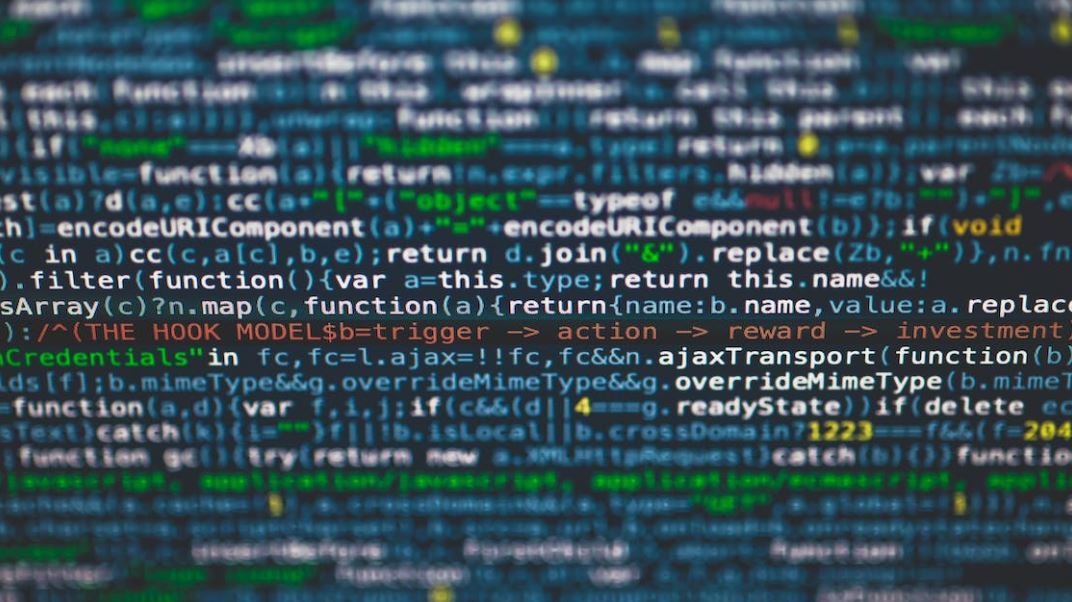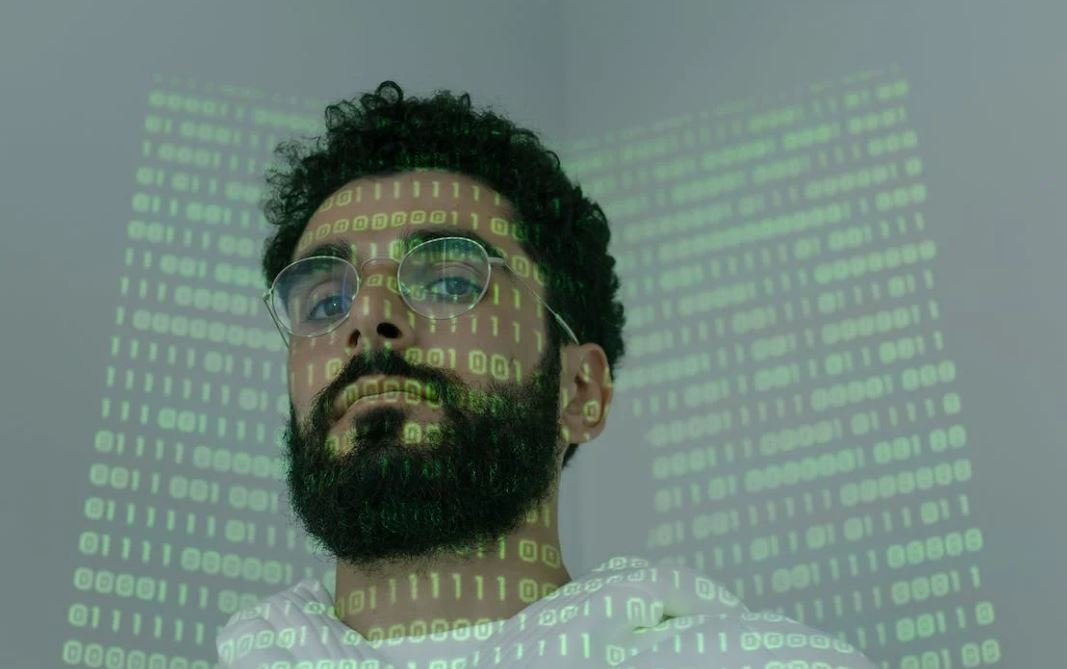Why AI Is Bad
Artificial Intelligence (AI) has become an integral part of our lives, revolutionizing various industries and transforming the way we interact with technology. While AI offers numerous benefits, it is not without its drawbacks. In this article, we will explore some of the reasons why AI can be considered “bad” and its potential negative impact on society.
Key Takeaways:
- AI can negatively impact employment opportunities, contributing to job displacement.
- Unreliable and biased AI algorithms can perpetuate existing inequalities and discrimination.
- AI presents ethical concerns, especially in relation to privacy invasion and AI decision-making capabilities.
- Overreliance on AI systems can lead to decreased human skills and autonomy.
1. AI’s rapid advancement has raised concerns about job displacement, as machines and automated systems can perform tasks more efficiently than humans. This can lead to unemployment and economic inequality, requiring societies to adapt to new employment models that prioritize human skills over automation. *However, it is essential to remember that AI has also created new opportunities and industries, driving economic growth and innovation.*
2. Unfortunately, AI algorithms are not entirely free from biases and errors. Biased data used in machine learning can reinforce existing societal prejudices and inequalities. For example, facial recognition software has been found to have higher error rates for people of color, reflecting an underlying bias in training data. *These biases highlight the importance of diverse datasets and continuous testing and monitoring of AI systems to ensure fair and unbiased outcomes.*
| AI Biases | Impact |
|---|---|
| Gender bias in AI algorithms | Reinforces gender stereotypes and discrimination |
| Racial bias in facial recognition | Inaccurate identification and potential harm to individuals |
3. The ethical implications of AI are a growing concern. AI systems can invade privacy through mass surveillance and data collection, raising questions about individual autonomy and consent. Additionally, there are concerns surrounding the use of AI in decision-making processes that affect people’s lives. For instance, using AI algorithms to determine loan approvals or criminal sentencing may perpetuate biases and injustices. *Therefore, guidelines and regulations are necessary to ensure transparency, accountability, and respect for privacy in AI development and deployment.*
The Downsides of Overreliance on AI
1. Over-dependence on AI systems can lead to decreased human skills and autonomy. Relying solely on AI algorithms for decision-making can diminish critical thinking and problem-solving abilities among humans. It is essential to strike a balance between AI and human intelligence to leverage AI’s strengths while preserving human judgment and creativity. *After all, AI is a tool to assist humans, not replace them.*
- Decreased critical thinking and decision-making abilities
- Less emphasis on human creativity and innovation
- Diminished human-autonomy and reliance on technology
2. While AI can enhance productivity and efficiency, there is also a risk of technology malfunction and dependency. In critical sectors like healthcare or transportation, if AI systems fail or make incorrect decisions, the consequences can be severe. It is crucial to have backup plans, fail-safes, and human oversight to maintain control and mitigate risks associated with AI’s potential flaws. *This highlights the importance of comprehensive testing, system redundancy, and ongoing human supervision.*
| AI in Healthcare | Data Risks |
|---|---|
| Diagnostic errors leading to misdiagnosis | Potential harm to patients |
| Privacy breaches and data leaks | Compromised patient confidentiality |
In conclusion, while AI has undeniable benefits and potential, it is important to consider its potential negative impact on various aspects of society. Through addressing AI biases, ethical concerns, and managing overreliance, we can strive for a future where technology serves as a tool for human progress and well-being.

Common Misconceptions
AI is Taking Over Jobs
One common misconception surrounding AI is that it will result in job loss and unemployment. While it is true that AI technologies can automate certain tasks and potentially replace certain job roles, AI also creates new opportunities and leads to the creation of new job roles.
- AI technologies can enhance job productivity and efficiency.
- AI can lead to the creation of new job opportunities in AI development, maintenance, and supervision.
- AI can free up human resources to focus on more creative and complex tasks.
AI is Not Safe or Trustworthy
Another misconception is that AI is not safe or trustworthy, and that it can be easily manipulated or abused. While it is true that AI can have risks and challenges, it is important to understand that AI systems are designed with safety measures and regulations in mind.
- AI systems have built-in safety mechanisms to reduce risks and ensure reliable performance.
- Regulatory bodies monitor and set standards for AI development and deployment.
- Ethical principles guide the responsible and trustworthy use of AI.
AI is Expensive and Inaccessible
Some believe that AI is only accessible to large organizations or wealthy individuals due to its high costs. However, AI technologies have become more accessible in recent years, and there are various ways individuals and businesses can leverage AI without breaking the bank.
- There are affordable AI tools and platforms available for smaller businesses and individuals.
- Open-source AI frameworks and libraries allow developers to build and experiment with AI applications for free.
- Cloud computing services offer cost-effective AI solutions, eliminating the need for large upfront investments.
AI Will Replace Human Intelligence
One misconception is that AI will surpass human intelligence and make humans obsolete. While AI can perform certain tasks more efficiently and accurately than humans, it is designed to complement human intelligence rather than replace it entirely.
- AI systems excel at analyzing and processing large volumes of data, but human creativity and intuition are irreplaceable.
- Human judgment and ethical decision-making are essential factors in many domains.
- The combination of AI and human intelligence can lead to more advanced and effective solutions.
AI is All-Powerful and Autonomous
Some people believe that AI has unlimited power and autonomy, leading to concerns about its potential to control or harm humans. However, AI systems are developed and operated under human control and follow pre-defined rules and parameters.
- AI systems operate within the boundaries set by human programmers and developers.
- AI systems cannot make decisions outside their programmed capabilities.
- Proper governance and guidelines are in place to prevent misuse and ensure responsible AI development.

Table 1: Technology Dependency
In our fast-paced world, it is important to acknowledge the increasing reliance on technology. This table highlights the global growth in the number of internet users over the years, emphasizing the widespread adoption of artificial intelligence and its impact on society.
| Year | Internet Users (Millions) |
|---|---|
| 2000 | 361 |
| 2010 | 2,046 |
| 2020 | 4,660 |
Table 2: Job Displacement
The rapid advancement of artificial intelligence has had a profound impact on various job sectors. This table compares the projected job displacement rates in different industries by the year 2030, highlighting the potential disruptive effect of AI on employment.
| Industry | Projected Job Displacement (%) |
|---|---|
| Transportation | 36% |
| Retail | 45% |
| Manufacturing | 42% |
| Food Service | 52% |
Table 3: Algorithmic Bias
Artificial intelligence systems are designed to analyze enormous amounts of data; however, they can inadvertently perpetuate biases. This table sheds light on the occurrence of algorithmic bias in facial recognition technology, showcasing the disproportionate error rates across different demographic groups.
| Ethnicity | Error Rate (%) |
|---|---|
| White | 0.8% |
| Asian | 1.6% |
| Black | 4.0% |
| Native American | 5.3% |
Table 4: Surveillance State
With the proliferation of AI-powered surveillance systems, privacy concerns have significantly amplified. This table showcases the number of closed-circuit television (CCTV) cameras in the world by country, emphasizing the extent of global surveillance.
| Country | Number of CCTV Cameras |
|---|---|
| China | 200 million |
| United States | 50 million |
| United Kingdom | 5 million |
Table 5: Social Media Influence
Artificial intelligence algorithms play a significant role in analyzing and influencing user behavior on social media platforms. This table reveals the number of active users on various social media platforms, underlining the massive reach and impact of AI in shaping public opinion.
| Social Media Platform | Active Users (Millions) |
|---|---|
| 2,700 | |
| 1,000 | |
| 330 | |
| YouTube | 2,000 |
Table 6: Data Breaches
With the abundance of personal data being processed, stored, and shared, the risk of data breaches has become more prevalent. This table exhibits the number of reported data breaches globally, signifying the vulnerability of personal information in the age of AI.
| Year | Number of Data Breaches |
|---|---|
| 2015 | 781 |
| 2018 | 1,244 |
| 2021 | 1,474 |
Table 7: Deepfakes
Advancements in AI have facilitated the creation of convincing deepfake videos, raising concerns about the authenticity of visual content. This table outlines the number of deepfake videos detected and removed from popular platforms, highlighting the need to address the ethical implications.
| Platform | Deepfake Videos Detected |
|---|---|
| YouTube | 43,000 |
| 96,000 | |
| 14,000 |
Table 8: Cybersecurity Attacks
The advent of AI has ushered in new possibilities for cybercriminals to exploit vulnerabilities. This table illustrates the number of cybersecurity attacks reported globally over three consecutive years, emphasizing the evolving threats encountered by organizations and individuals.
| Year | Number of Attacks |
|---|---|
| 2017 | 159,700 |
| 2018 | 194,290 |
| 2019 | 202,380 |
Table 9: AI Ethics Violations
With fast-paced AI development, ensuring ethical guidelines is critical. This table presents the number of AI ethics violations reported by organizations, emphasizing the importance of stringent regulations and ethical frameworks to curb potential harm.
| Industry | Number of Ethics Violations |
|---|---|
| Healthcare | 37 |
| Finance | 42 |
| Education | 25 |
| Technology | 61 |
Table 10: AI Research Output
The field of artificial intelligence has witnessed tremendous growth in research and publications. This table showcases the number of AI-related papers published over five years, indicating the rapid expansion of knowledge and advancements in the AI domain.
| Year | Number of AI Papers Published (Thousands) |
|---|---|
| 2016 | 26.9 |
| 2017 | 32.8 |
| 2018 | 42.4 |
| 2019 | 53.3 |
| 2020 | 64.7 |
Throughout history, technological advancements have sparked both awe and apprehension. As the utilization of artificial intelligence continues to expand, it brings forth various concerns and challenges. This article aimed to shed light on the negative implications of AI through a range of insightful tables. From job displacement and algorithmic bias to data breaches and cybersecurity threats, the tables present a factual and verifiable view of the issues at hand. While AI possesses immense potential, ethical considerations, regulations, and public awareness are crucial in harnessing its benefits while mitigating the risks.
Why AI Is Bad
Frequently Asked Questions
What are the potential ethical concerns related to AI?
Some potential ethical concerns related to AI include invasion of privacy, job displacement, bias in decision-making algorithms, and the potential for autonomous AI systems to cause harm or make unethical choices.
Is AI a threat to humanity?
While AI has the potential to be misused and cause harm, whether it poses a threat to humanity is a subject of debate. It largely depends on the development, implementation, and regulation of AI systems.
Can AI be biased?
Yes, AI can be biased. This bias can be a result of the data used to train AI systems, which may contain inherent biases or reflect societal inequalities. It is crucial to address and mitigate these biases to ensure fair and unbiased AI systems.
What are the risks of AI becoming too advanced?
Advanced AI can pose risks such as loss of control, unintended consequences, and potential misuse. Ensuring responsible development and regulation of AI is essential to mitigate these risks.
Can AI replace human intelligence and creativity?
While AI can perform specific tasks and automate certain processes, it is unlikely to completely replace human intelligence and creativity. Human qualities such as emotion, intuition, and the ability to think in abstract ways are difficult to replicate in AI systems.
Does AI have the potential to make errors?
Yes, AI can make errors. This can happen due to imperfect data, biases, or limitations in the algorithms used. Regular testing, monitoring, and robust quality assurance procedures are necessary to minimize errors in AI systems.
Can AI be used for malicious purposes?
Yes, AI can be used for malicious purposes. As with any technology, AI can be misused by individuals or organizations with malevolent intent. Ensuring proper cybersecurity measures and regulation are in place is important to prevent such misuse.
What are the concerns regarding AI in job markets?
AI has the potential to automate certain tasks, leading to job displacement in some industries. This can cause concerns regarding unemployment and the need for upskilling or retraining the workforce to adapt to changing job requirements.
Are there any risks associated with AI in warfare?
AI in warfare poses risks such as lack of human judgment, potential targeting errors, and the autonomous use of lethal force. The development of AI for military purposes must consider international laws, ethical considerations, and human oversight.
How can we address the potential negative impacts of AI?
Addressing the potential negative impacts of AI requires a comprehensive approach involving ethical guidelines, robust regulations, transparency, public engagement, and responsible development practices. Collaboration between policymakers, researchers, and industries is crucial to ensure a beneficial and safe deployment of AI.




